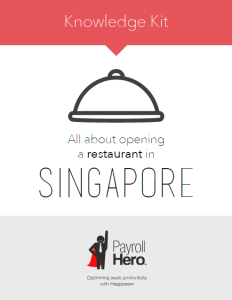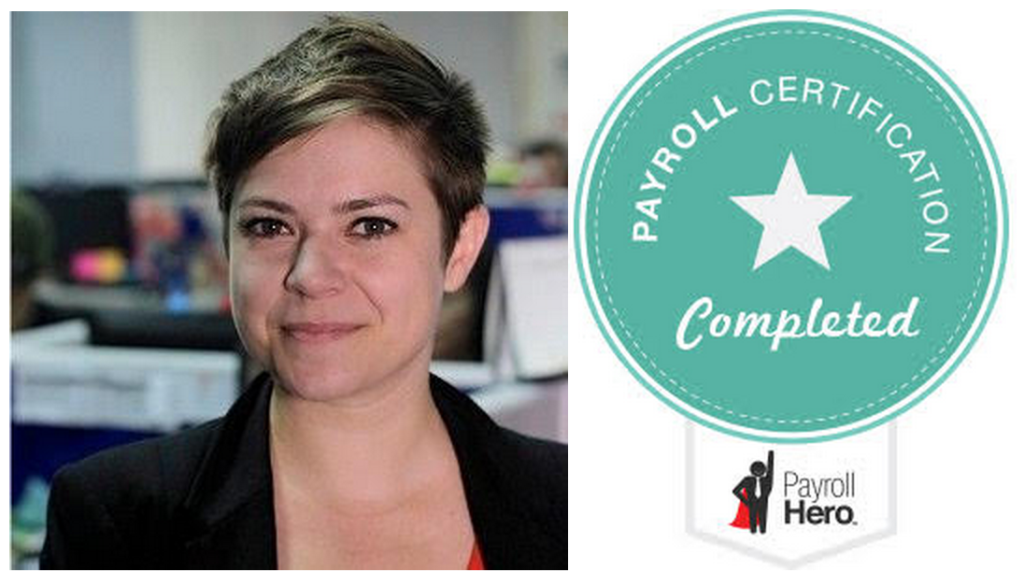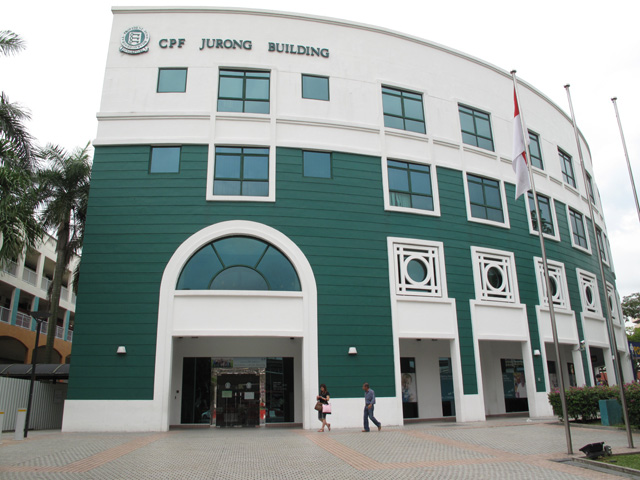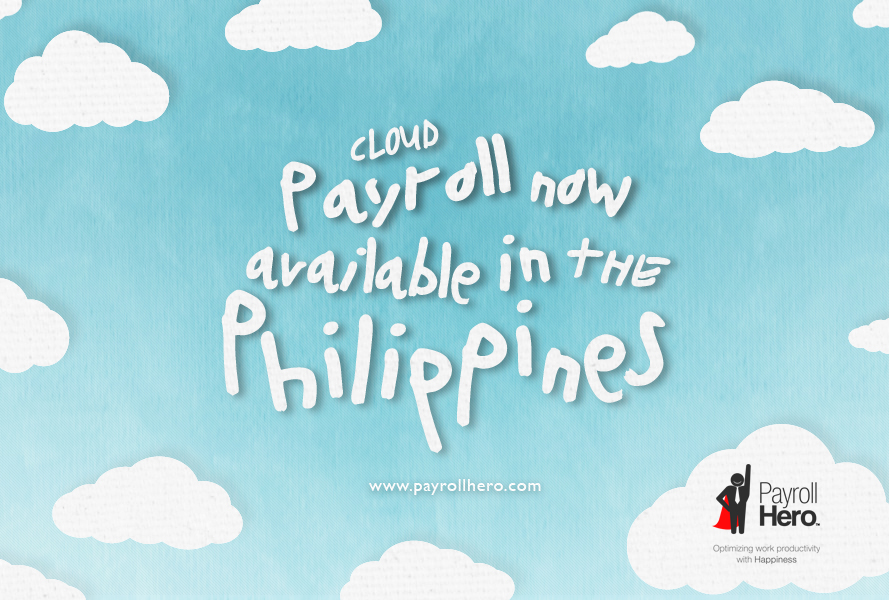
As you know, the F&B sector in Singapore has been facing a labour crunch for years now. Currently, for every foreign worker, the F&B sector needs to hire 6 local workers which is an impossible ratio for companies to handle. To attract more local workers, restaurants have had to raise costs without any increase in quality of service. Restaurants that were unable to do this resorted to leaving tables empty.
The Restaurant Association of Singapore proposed some solutions, including relaxing the foreign workers’ levy. While this measure is up to the government’s discretion, there are ways that restaurants can cope with the labour crunch.
Increasing Productivity through Technology
There are many front-end and back-end processes that can be streamlined by automating. In terms of adopting new technology, the restaurant industry has traditionally lagged behind the rest. However, the need to automate is clearer now than ever before. There are many examples in Singapore where restaurants have installed POS systems, set up digital menus or moved the practice of making reservations online.
Sakae Sushi in Singapore is a great example of automated processes. They have a conveyor belt that serves sushi. The belt is an island that is surrounded by tables so that customers can pick whichever dish they like. The restaurant also has iPads on every table to allow customers to order using the menu on the iPad.
McDonald’s Singapore is just catching up to the reality of increasing costs. Four out of approximately 120 outlets in Singapore have kiosks from which customers can order. 20% of their customers use kiosks. The systems reduce manpower required to take orders. It also makes the ordering process fool-proof, thereby saving time and money by preventing errors due to miscommunication between the customer and employee. In addition to reducing errors, McDonald’s employees can focus on back-end tasks and speed up service.
Balancing out costs: The result of automating is that there are shorter queues and more customers walking in through the door. The self ordering payment systems that Ananda Bhavan, a restaurant chain in Singapore uses, cost around $40,000. But in the long run, the investment pays off because of more orders and higher revenue.
To see a more tangible improvement in processes, Aptsys – a self-ordering POS system – released statistics on their website on how their product benefits restaurants. By their estimates, ordering speed increased by 70%, repeat orders increased by 30% and human errors decreased by 80%.
Tax credits: The government of Singapore has come up with incentives for companies to adopt newer technology. This includes training the staff with the new technology as well. The Productivity and Innovation Credit Scheme gives companies a 400% tax deductions or 60% cash payout as long as the improvements in technology come under the six qualifying activities.
Singaporean restaurants are increasingly seeing a fall in revenue because of empty tables and increasing labour costs. The only way for the industry to cope with falling margins is to adopt technology that can reduce manpower. We have previously suggested ways to upgrade and adopt new technology in areas of reservations, POS systems and food delivery. Over the next few years, it remains to be seen whether foreign worker quotas will be relaxed in order to release the pressure that these industries are under. Currently, the way to move forward is by using the tax credits that the government is offering to upgrade restaurant technology.



 We spoke with David Elefant a while back about
We spoke with David Elefant a while back about 



 e restricted to Singaporeans and PRs only. There are 4 major accounts that CPF contributions go into: Ordinary Account (for retirement, housing finance, investment, education), Special Account (for old age and special contingencies), Medisave Account (for hospital bills) and Retirement Account (this account is opened once the employee turns 55). Check out these links to find out contributions
e restricted to Singaporeans and PRs only. There are 4 major accounts that CPF contributions go into: Ordinary Account (for retirement, housing finance, investment, education), Special Account (for old age and special contingencies), Medisave Account (for hospital bills) and Retirement Account (this account is opened once the employee turns 55). Check out these links to find out contributions 
 Our
Our